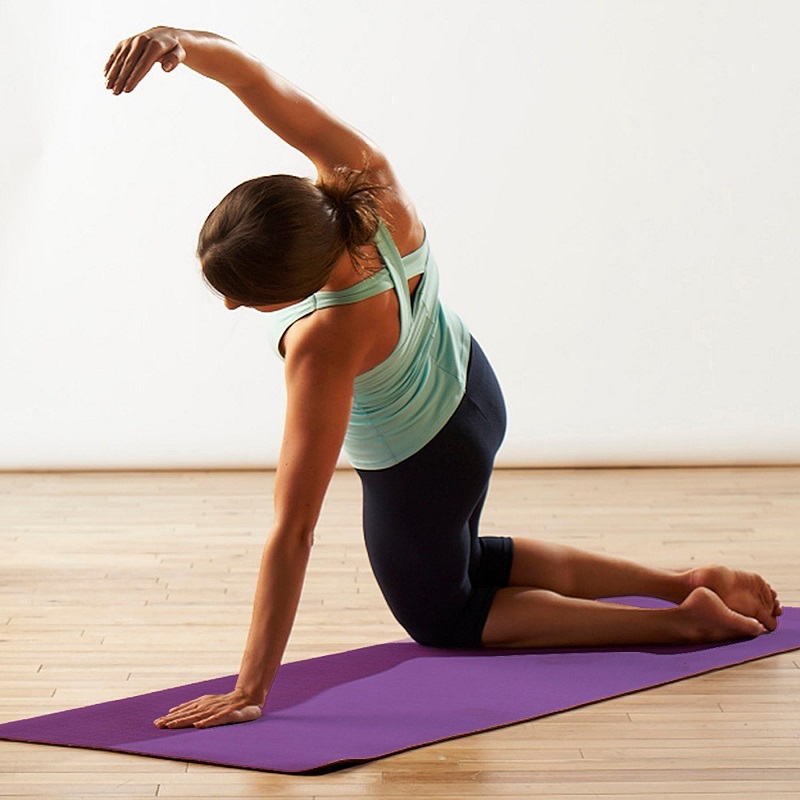The Rise of Home Pilates Workouts
In recent years, home workouts have surged in popularity, leading many fitness enthusiasts to explore new methods to stay fit and active. Among these, Pilates has emerged as a favored choice due to its emphasis on core strength, flexibility, and overall body conditioning. Consequently, having the right pilates equipment for home is essential for creating an effective workout environment.
If you’re considering setting up your personal Pilates space, this guide will walk you through the process. Additionally, whether you have ample room or limited space, we’ll help you design a functional workout area that suits your needs. By investing in the proper equipment and understanding how to effectively organize your space, you’ll be well on your way to achieving your fitness goals at home.
Choosing the Right Pilates Equipment
Essential Pilates Gear
When it comes to pilates equipment for home, selecting the right gear is crucial. Here are some essential pieces to consider:
Pilates Mat: A quality mat serves as the foundation of your practice. Look for a non-slip surface that offers adequate cushioning for comfort during exercises like roll-ups and leg circles. A thicker mat generally provides more support, which is particularly important for sensitive areas such as your spine and knees.
Resistance Bands: These versatile tools offer added resistance, making them perfect for both beginners and advanced practitioners. In fact, they can enhance strength training while also improving flexibility. Resistance bands are incredibly compact and easy to store, which makes them ideal for home workout setups.
Pilates Ring: The Pilates ring, also known as a magic circle, is excellent for adding resistance to various exercises. Moreover, it’s lightweight and easy to store, making it a great addition to your workout.
Reformer: While it’s a more significant investment, a Pilates reformer can elevate your practice. Specifically, it provides a variety of exercises targeting different muscle groups. As a result, it allows for a more comprehensive workout that can substantially deepen your Pilates practice.
Foam Roller: This tool aids in stretching and muscle recovery. Foam rollers can enhance your flexibility and shorten recovery time after workouts. Additionally, they can be used to perform self-myofascial release, which can relieve muscle tension and improve overall mobility.
By ensuring you have these essentials, you will have set a solid foundation for your home Pilates setup.
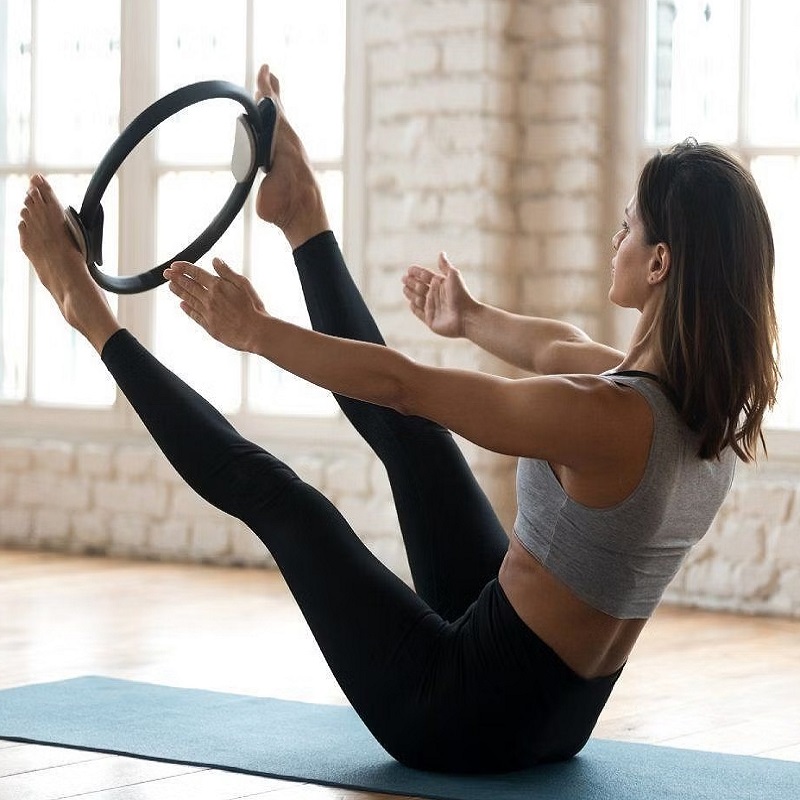
Creating Your Personal Pilates Space
Assessing Available Space
When designing your personal workout area, it is vital to evaluate your available space. Here are some considerations:
Room Size: First, determine how much space you have for your Pilates setup. Ideally, you want enough room to move freely—not just for your mat but also for additional equipment like a reformer. If you live in a smaller space, consider folding or collapsible equipment that can be easily stored when not in use.
Lighting and Ventilation: Next, opt for a space with adequate natural light and ventilation. A well-lit area can keep you motivated and significantly improve your overall mood during workouts. Furthermore, ensure that the space is well-ventilated to keep the air fresh, as you’ll be exerting yourself physically.
Choosing the Right Atmosphere
Creating the right atmosphere is vital for a motivating workout environment. Consider the following elements:
Color Scheme: Choose calming colors like soft blues or greens, as these can enhance relaxation. A light color palette may create a serene environment conducive to mindful workouts.
Decor: Additionally, incorporate elements like plants, mirrors, or yoga-inspired artwork to make the space inviting and inspiring. Mirrors can also aid in checking your form during workouts, which is invaluable, especially for beginners.
Creating a pleasant atmosphere will encourage regular workouts and make the experience enjoyable.
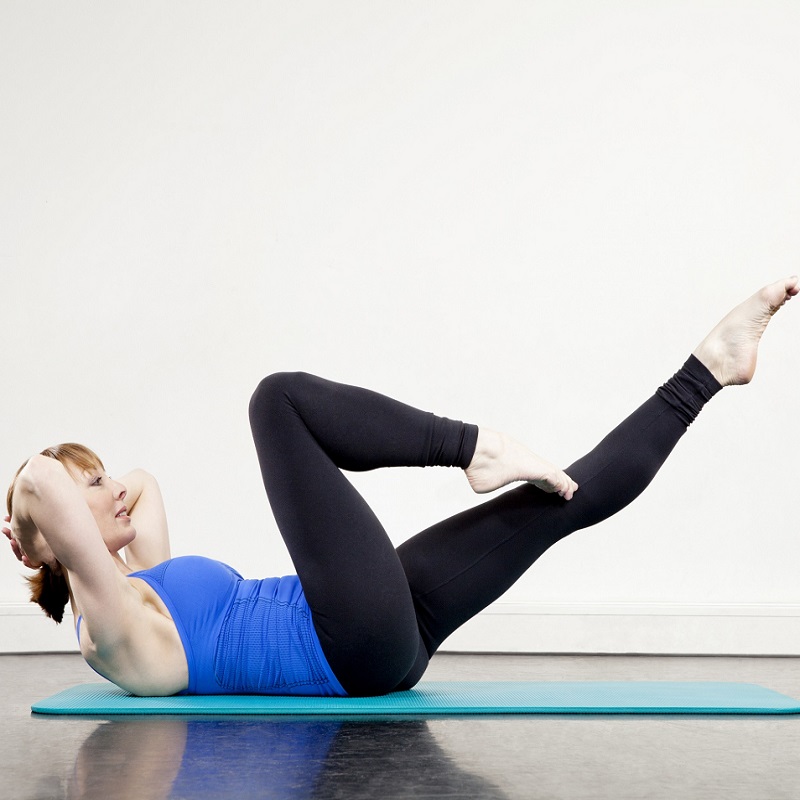
Organizing Your Pilates Equipment
Efficient Storage Solutions
Once you have selected your pilates equipment for home, it’s essential to keep everything organized. Consider these storage solutions:
Shelving Units: Use shelves to store your larger equipment. This approach keeps items off the floor and maintains a clean and organized space. While purchasing shelving units, look for options that can accommodate various sizes of equipment with room for growth.
Baskets or Bins: For smaller items like resistance bands and weights, utilize baskets or bins. Importantly, labeling each container will make finding equipment quick and easy. This organization not only helps with efficiency but also ensures you can focus better during workouts since you won’t be distracted by clutter.
Wall Hooks: If space is limited, consider using wall hooks for hanging resistance bands or smaller items. This keeps them easily accessible but out of the way, allowing you to save valuable floor space.
By organizing your gear efficiently, you can maintain a clutter-free environment that fosters focused workouts.
Regular Maintenance
In addition to storage, it’s important to regularly maintain your equipment.
Cleaning: Wipe down mats and equipment after each use to prevent the buildup of germs and dirt. Choose eco-friendly cleaning supplies that are effective yet gentle, particularly on your Pilates mat.
Inspection: Periodically check your equipment for wear and tear. Replace any items that are damaged or ineffective. By ensuring your equipment is in good condition, you reduce the risk of injury and promote a safe workout environment.
Regular upkeep of your gear helps extend its lifespan and keeps your workout space hygienic.
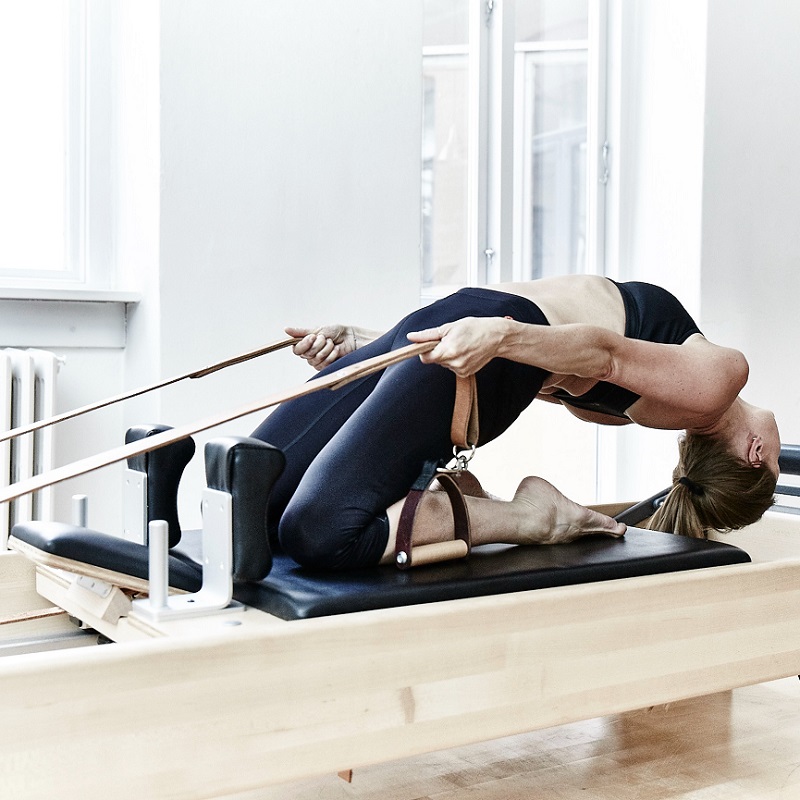
Developing a Personal Pilates Routine
Setting Goals
Establishing specific fitness goals is crucial when designing your personal Pilates routine. Here are important factors to consider:
Determine Your Focus: First, decide whether your goal is strength building, flexibility, or rehabilitation. Tailor your workouts accordingly to meet these objectives. For example, if your primary focus is core strength, incorporate exercises that emphasize this area, such as the hundred, planks, and leg lifts.
Create a Schedule: Next, plan your Pilates sessions based on your availability and commitments. Consistency is key to achieving progress, so aim to set aside dedicated time for Pilates each week. You might also want to consider the length of your workouts—whether you prefer quick 30-minute sessions or longer, hour-long classes.
Finding an Online Resource
Many resources are available online, from instructional videos to virtual classes. Consequently, choose one that corresponds with your instructional style:
YouTube: There are countless YouTube channels offering free Pilates workouts, covering a range of skill levels. Popular channels often provide themed workouts based on intensity or specific muscle groups.
Online Courses: For a more structured approach, consider signing up for online Pilates courses. These typically involve trained instructors who can guide you through various routines that align with your fitness level.
Selecting the right resources can enhance your understanding of Pilates and keep your workouts both effective and enjoyable.

Maximizing Your Pilates Experience
Listen to Your Body
As you begin your Pilates journey, it’s essential to listen to your body.
Pay Attention to Signals: If you feel discomfort or fatigue, it is vital to understand the difference between good muscle soreness and pain. Adjust your routine accordingly to avoid injury. For instance, if a stretch feels painful, back off or modify your approach to ensure you remain safe.
Modify Moves: Additionally, if a specific exercise feels too challenging, don’t hesitate to modify it or reduce resistance. Practicing within your limits while still pushing yourself to improve is crucial for long-term success.
Stay Motivated
Maintaining motivation is fundamental to your Pilates practice. Here are some effective strategies to consider:
Workout Buddy: Firstly, consider working out with a friend. Having a partner can make sessions more enjoyable and keep you accountable.
Track Progress: Secondly, keep a workout journal to log your progress, exercises, and how you feel after each session. This not only motivates you but also helps you refine your routine over time.
Celebrate Achievements: Lastly, recognize and celebrate your accomplishments, no matter how small. This will reinforce positive feelings about your practice and encourage you to stay committed.
By employing these strategies, you can make Pilates an enjoyable and sustainable part of your fitness routine.
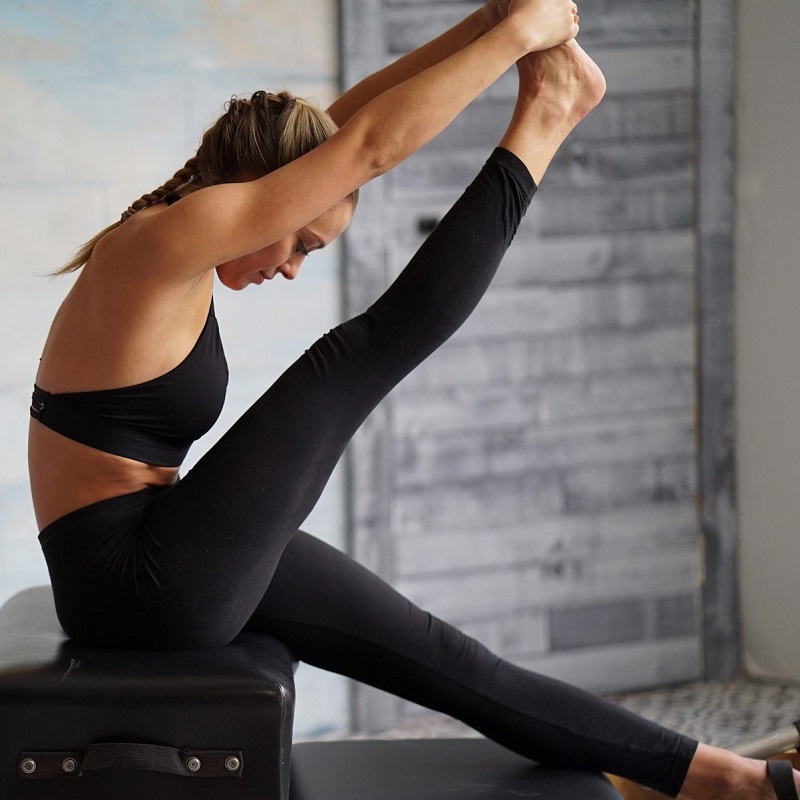
Safety Considerations for Home Pilates
Understanding Common Risks
While Pilates is generally safe, it’s crucial to be aware of potential risks.
Watch for Overextension: Avoid pushing your body into positions it isn’t ready for, as this can lead to injury. Thus, always practice with a focus on form and alignment.
Warm-Up and Cool-Down: Each session should start with a warm-up and end with a cool-down. This will help prepare your muscles for activity and promote recovery afterward.
Listening to Guidance
If you’re new to Pilates, consider hiring a certified instructor for a few sessions.
Professional Guidance: An instructor can provide personalized feedback on your form and necessary adjustments to maximize your practice.
By taking these precautions, you can create a safe and effective home Pilates setup that supports your fitness journey.
Designing Your Ideal Home Pilates Space
Setting up your pilates equipment for home is an essential step towards establishing a successful workout routine. By selecting the right gear, organizing your space efficiently, and maintaining motivation, you’ll create an inviting environment that encourages regular practice.
Ultimately, the goal is to optimize your workouts while making them enjoyable. Therefore, gather your equipment, plan your routines, and prepare to transform your fitness space into a personal Pilates sanctuary. Your commitment to consistency will surely lead to improved strength, flexibility, and overall well-being!
With these insights and tips, you are now equipped to embark on your Pilates journey at home. Embrace the journey, dedicate time to your practice, and watch how it transforms not only your body but also your mind.
